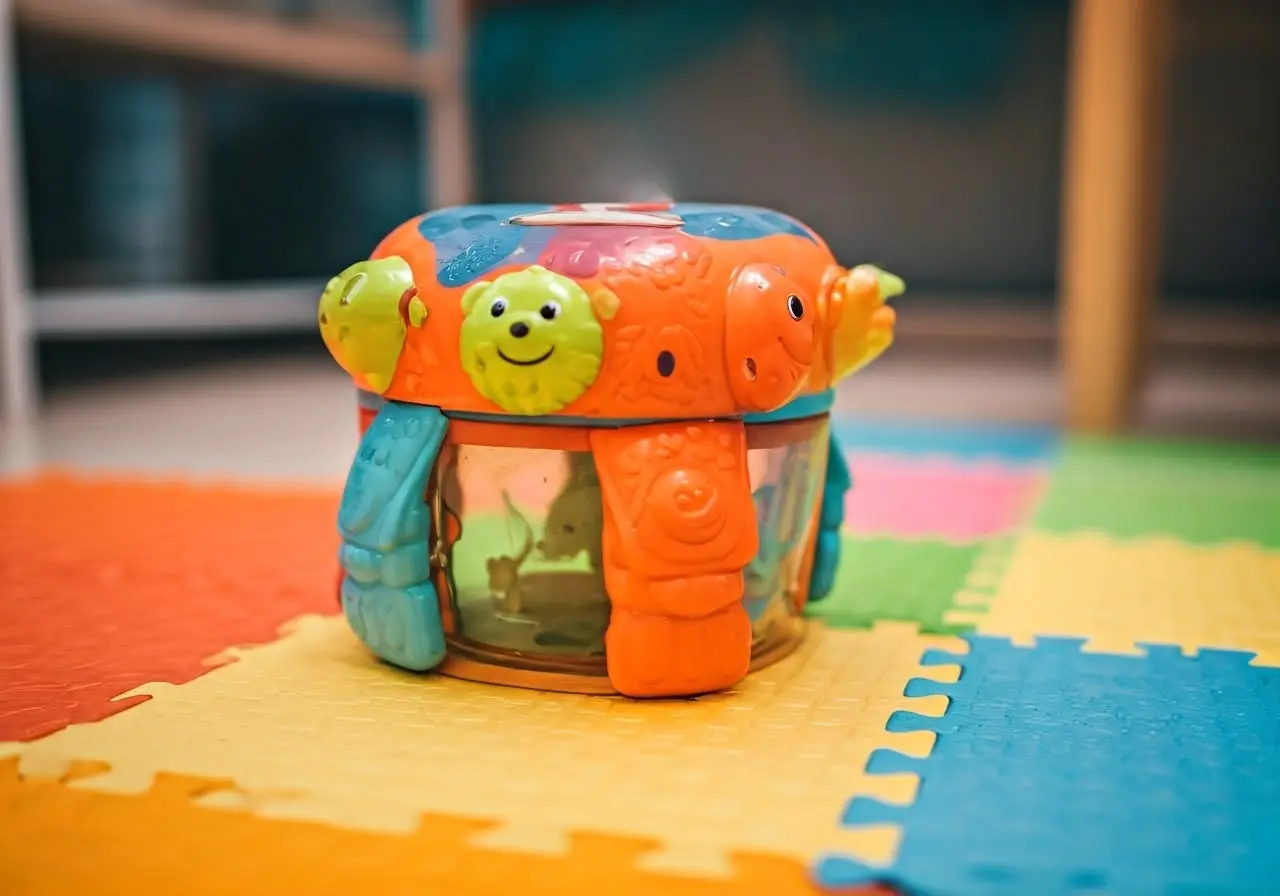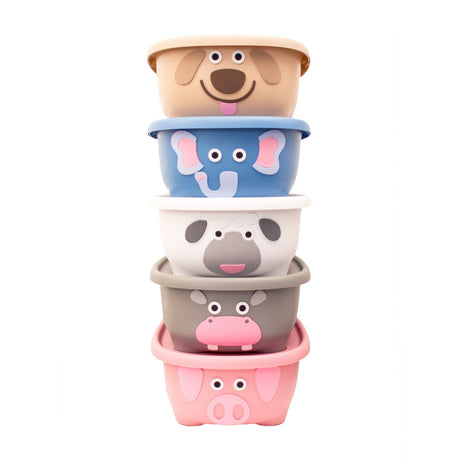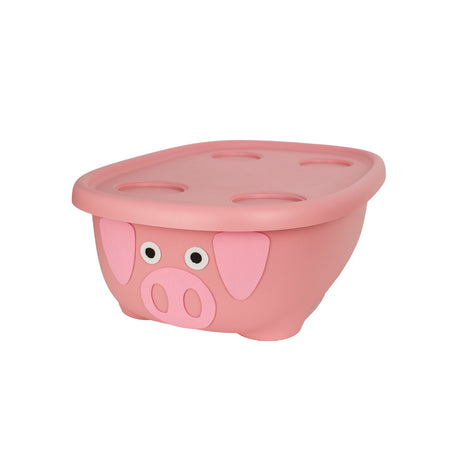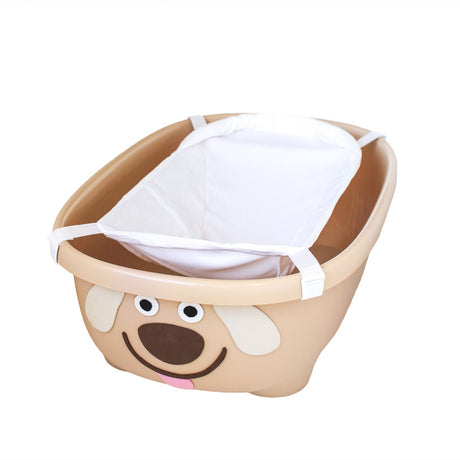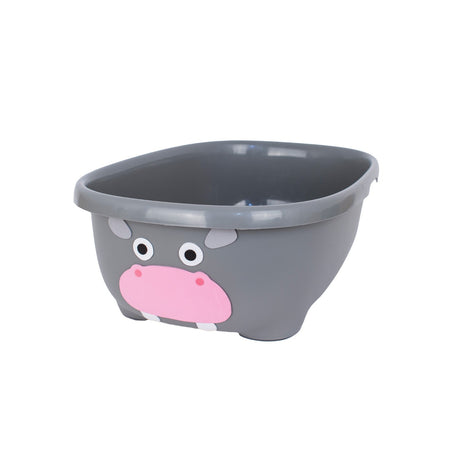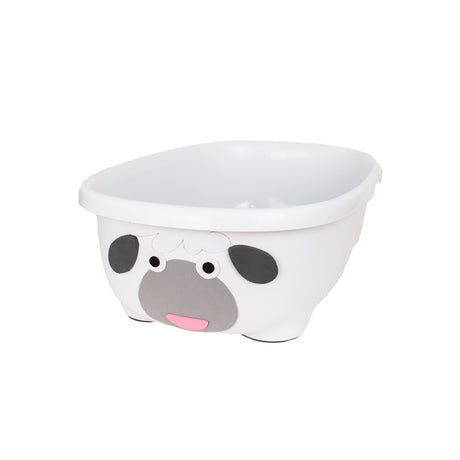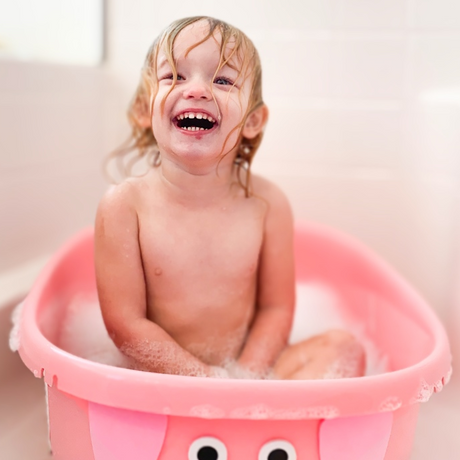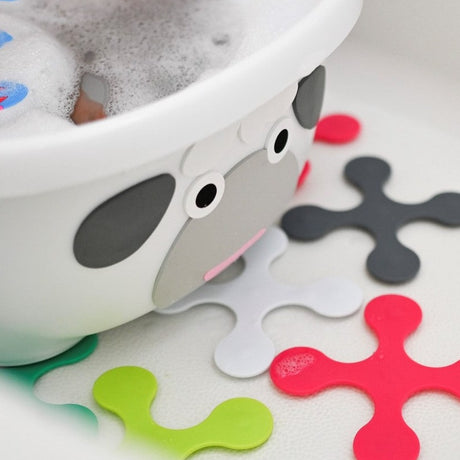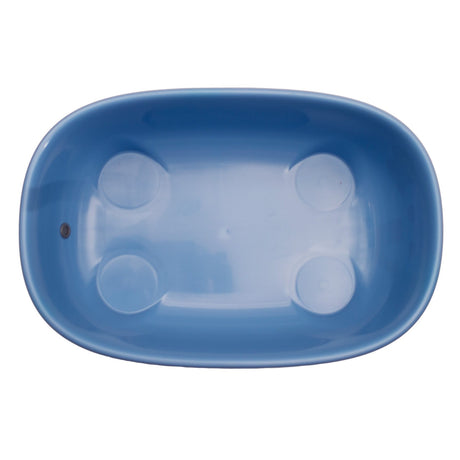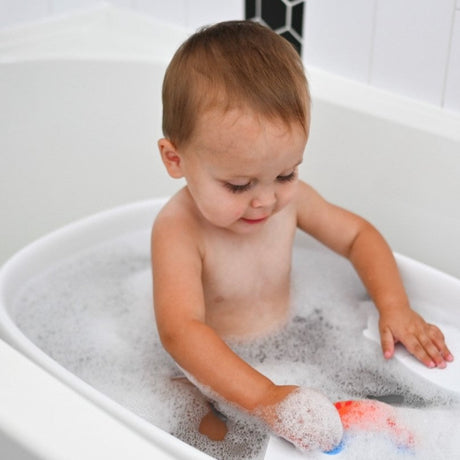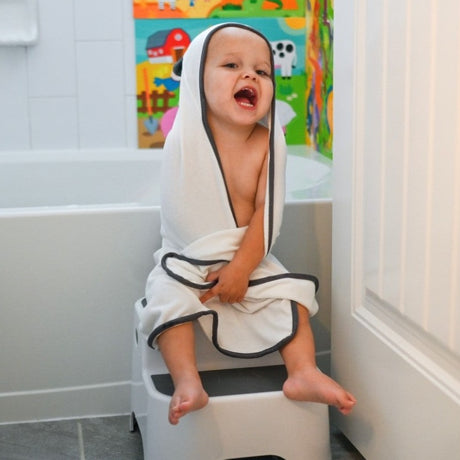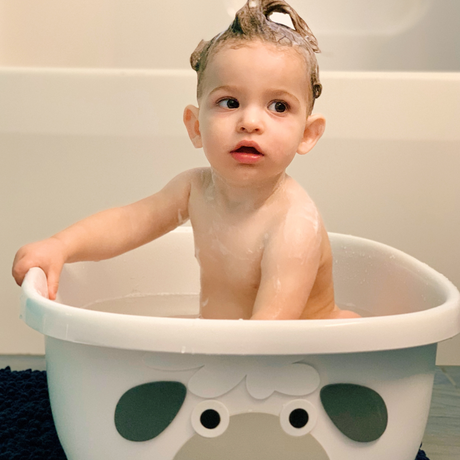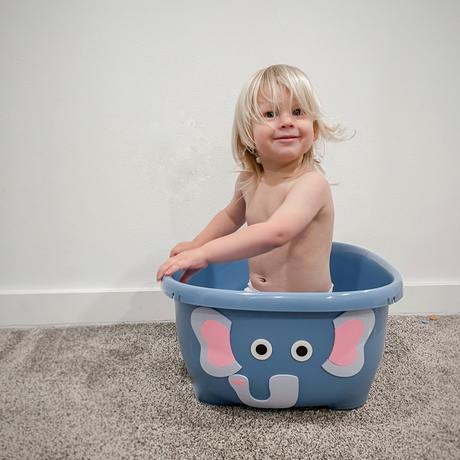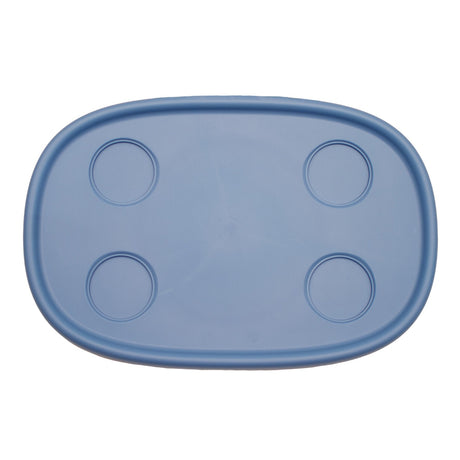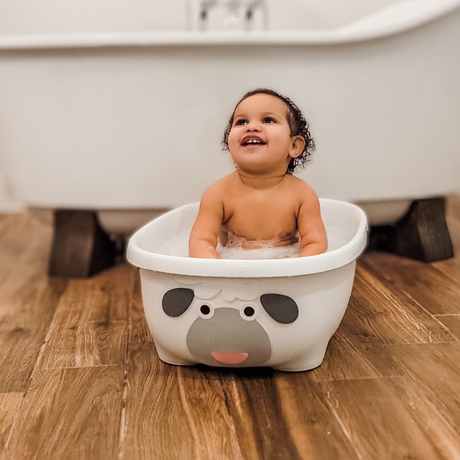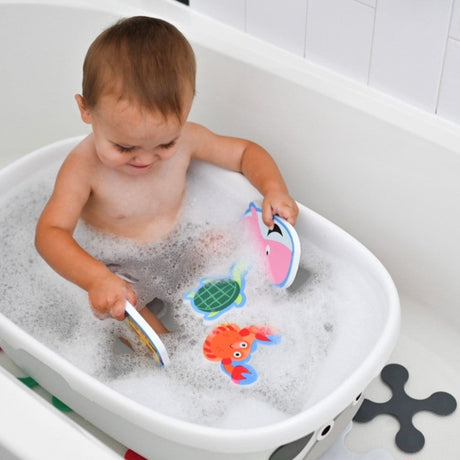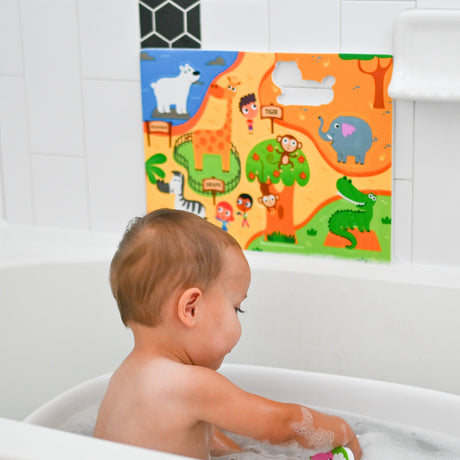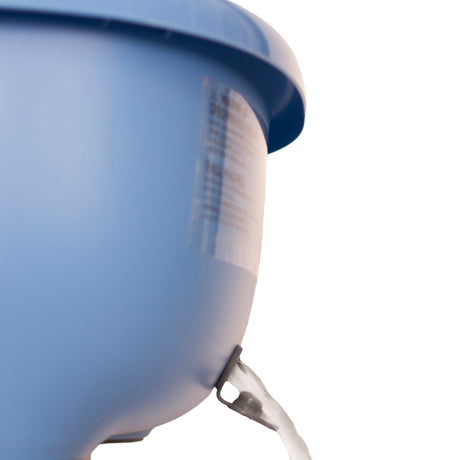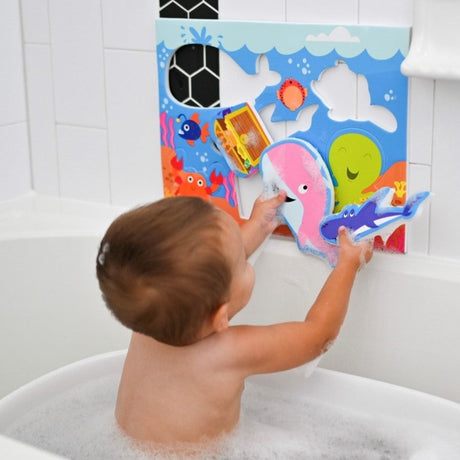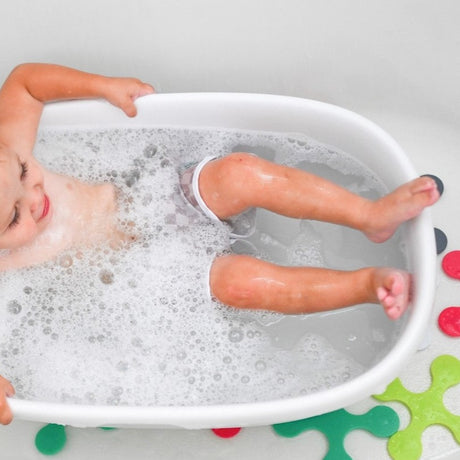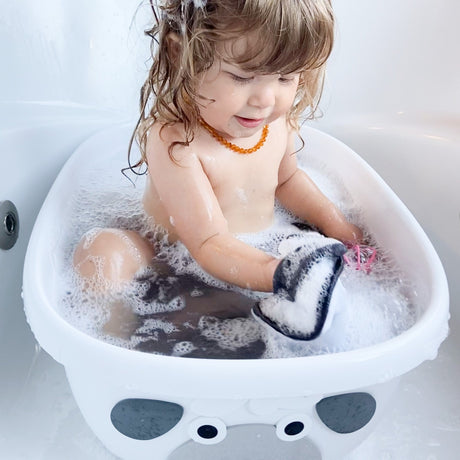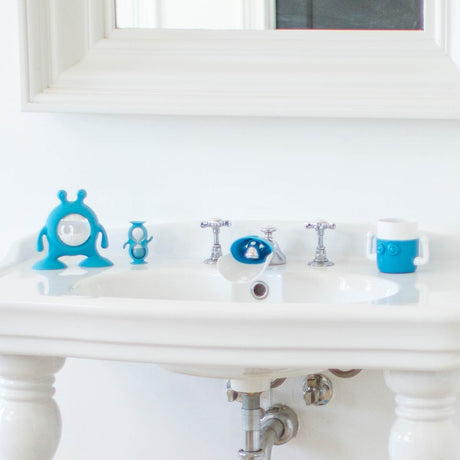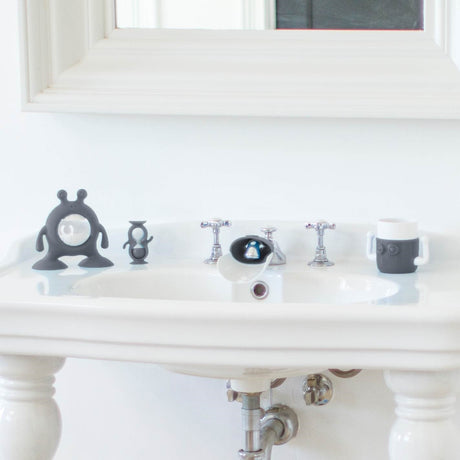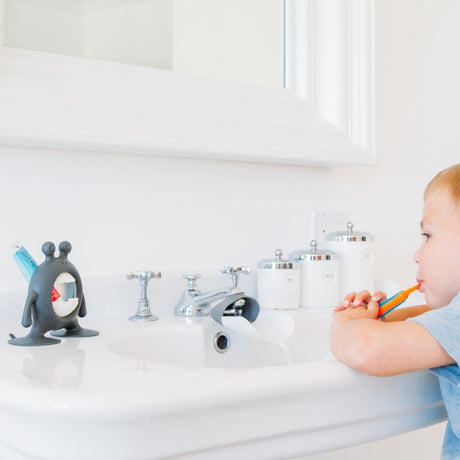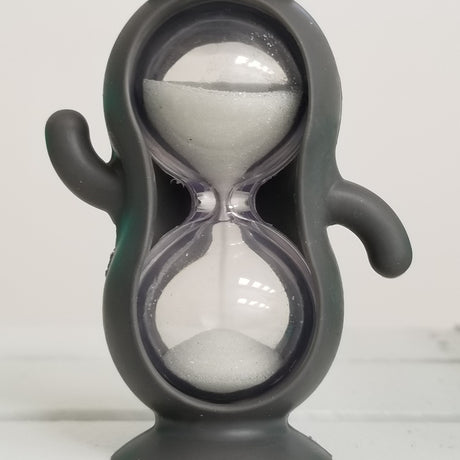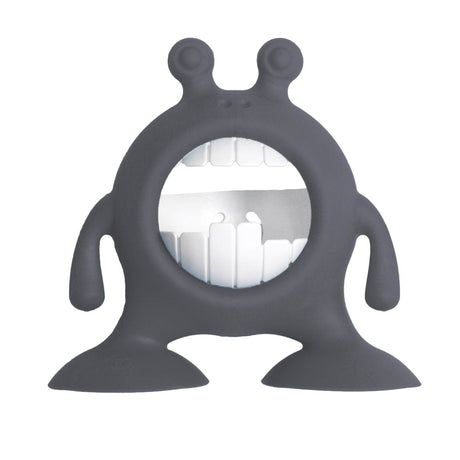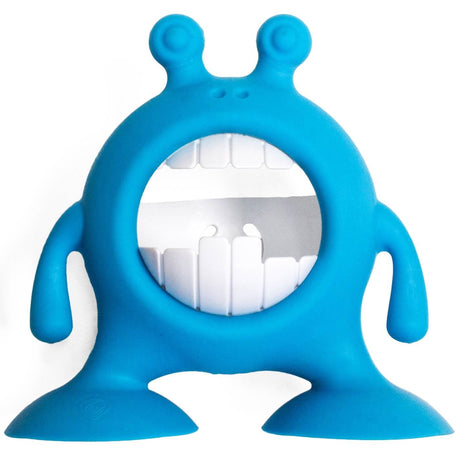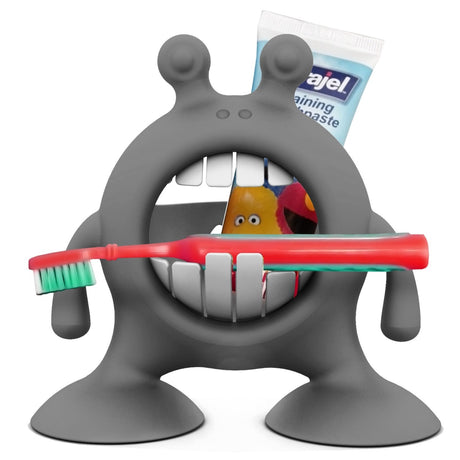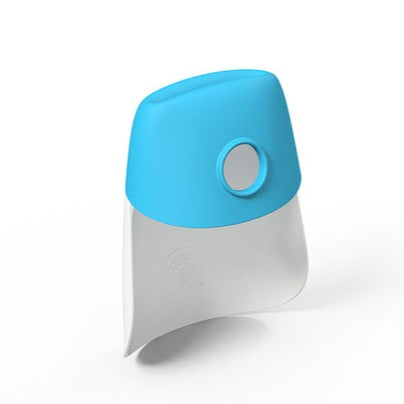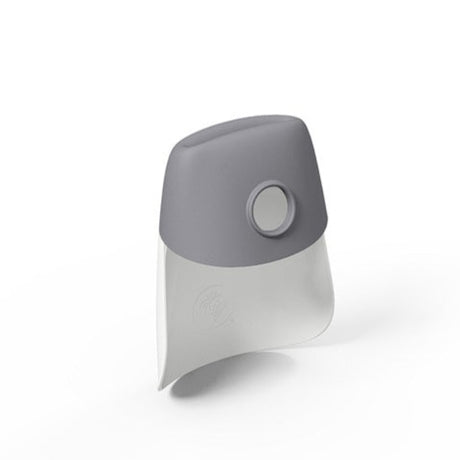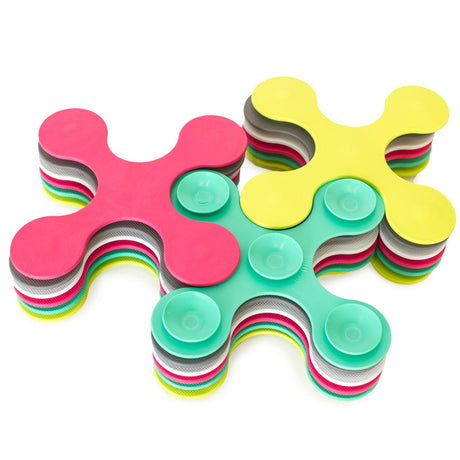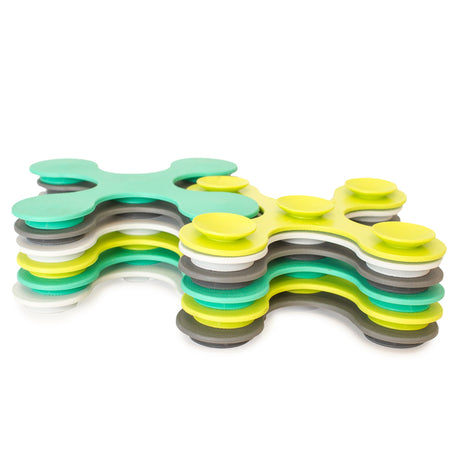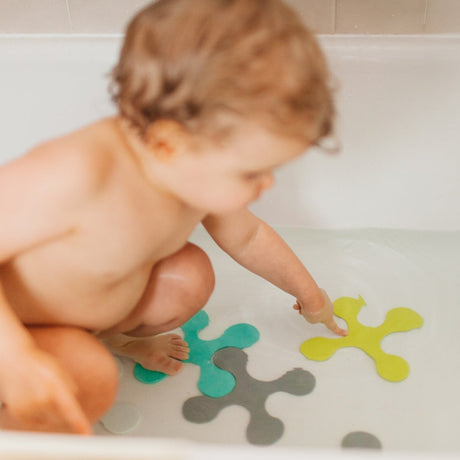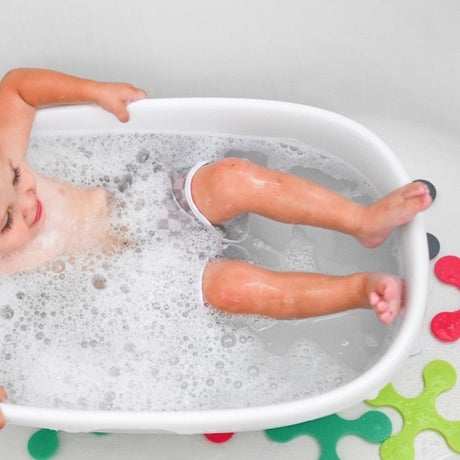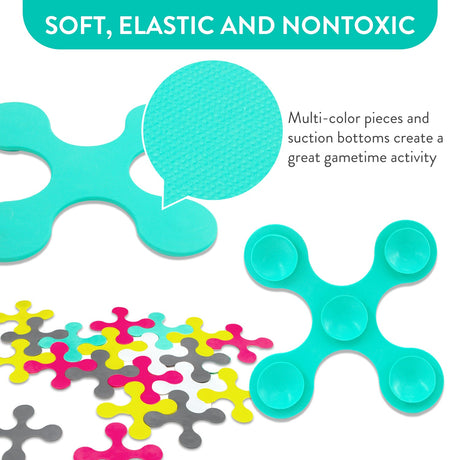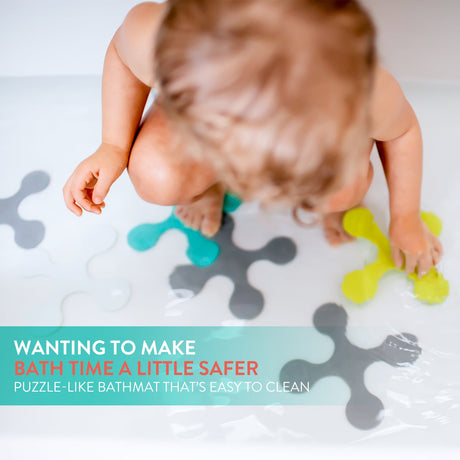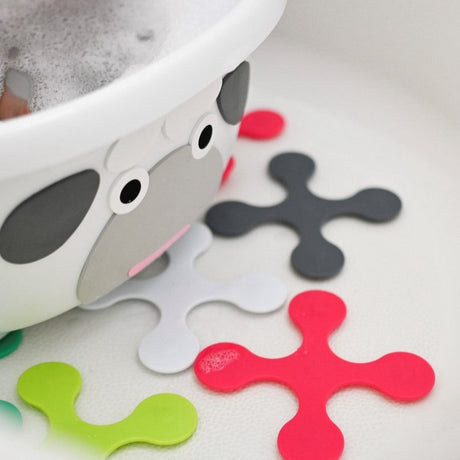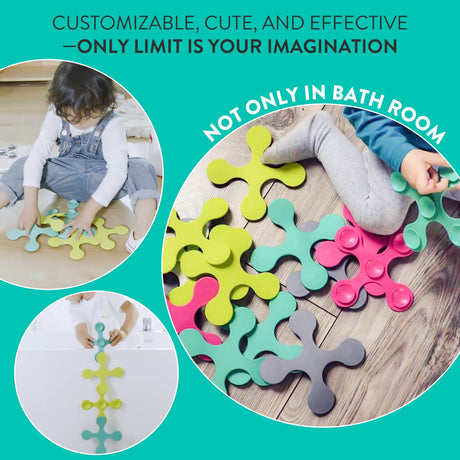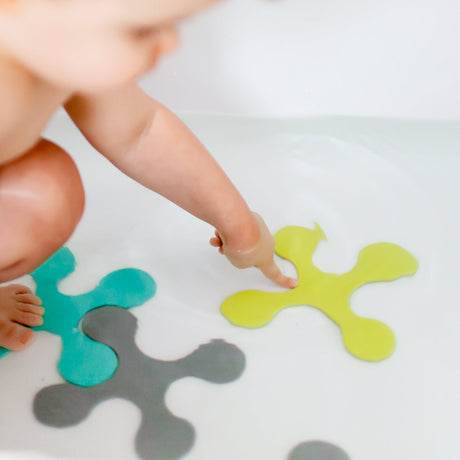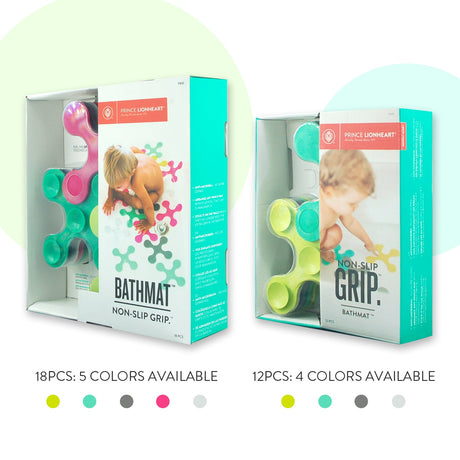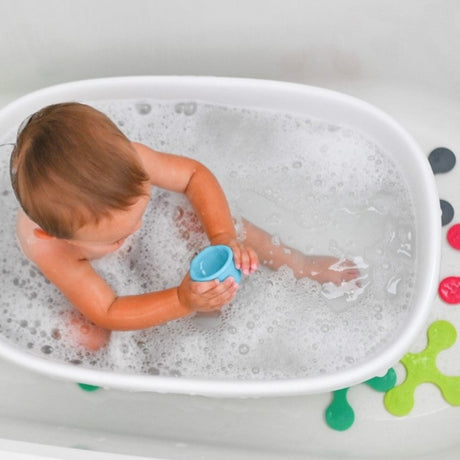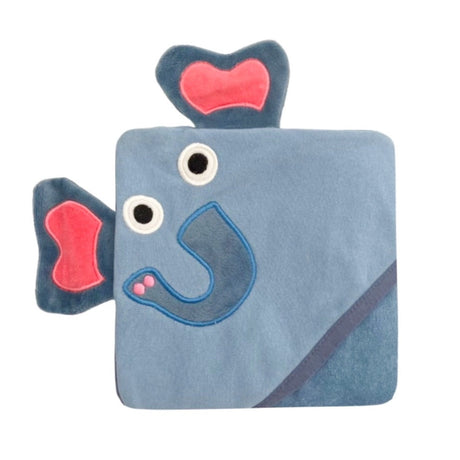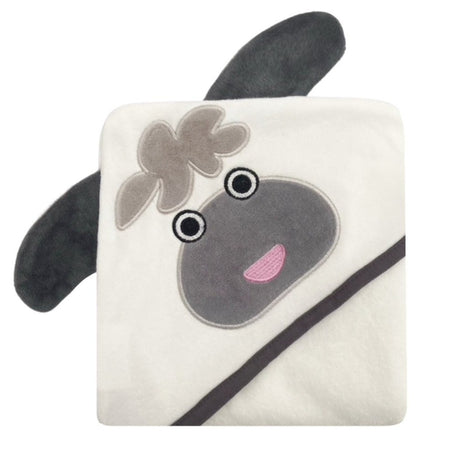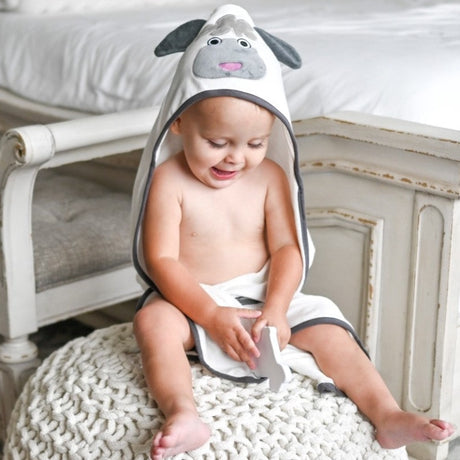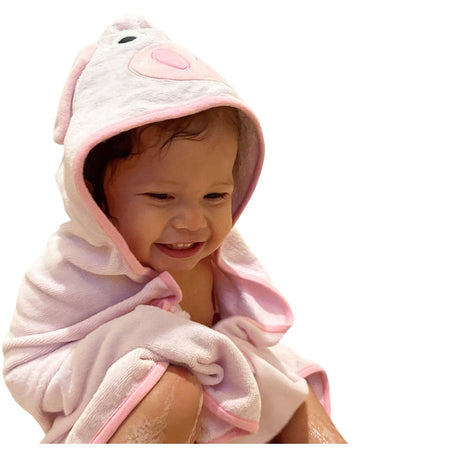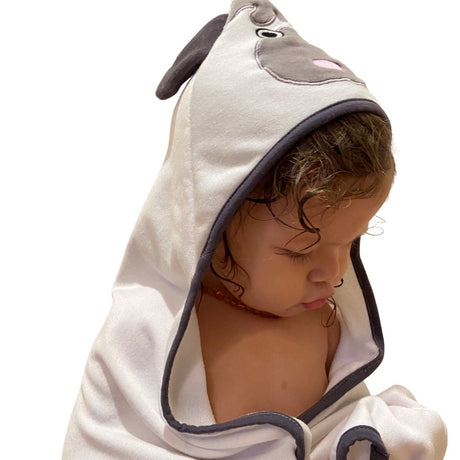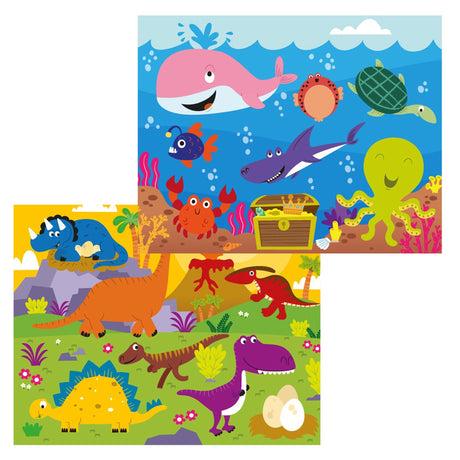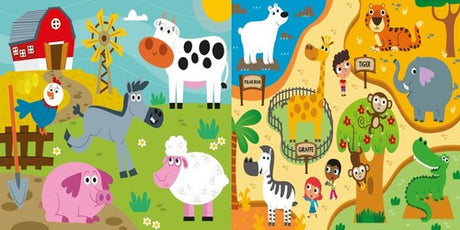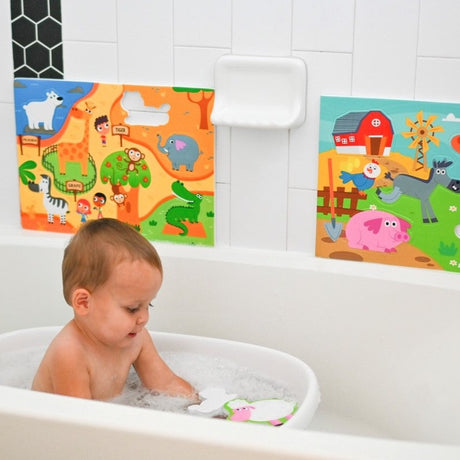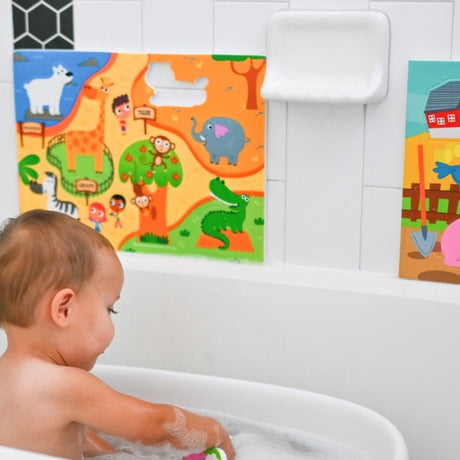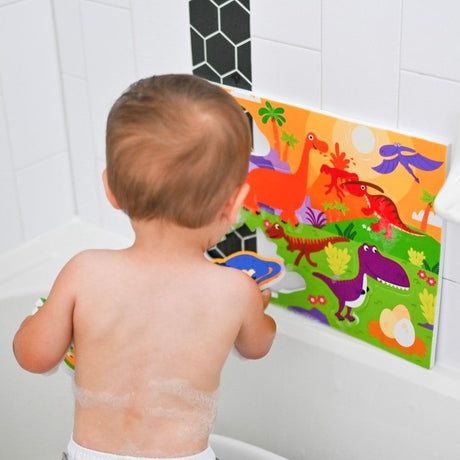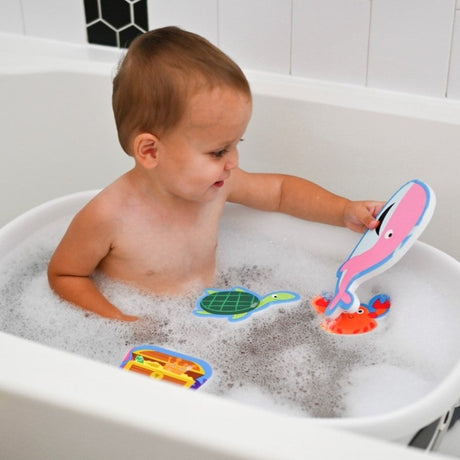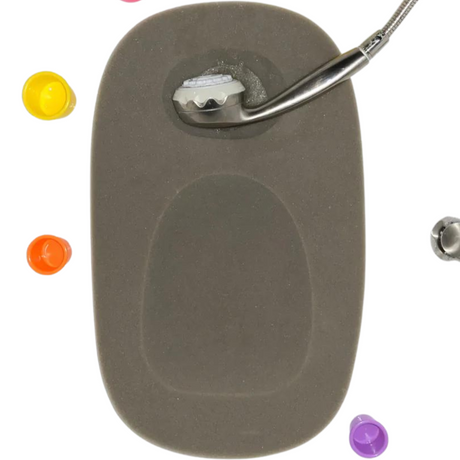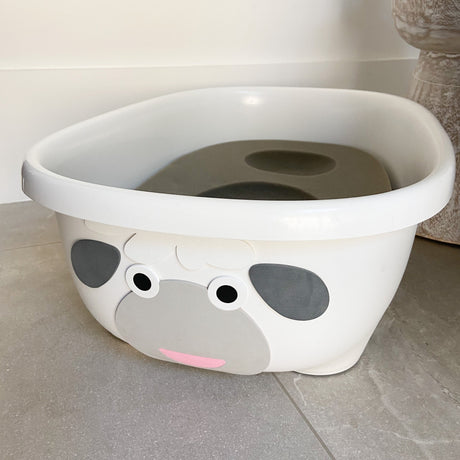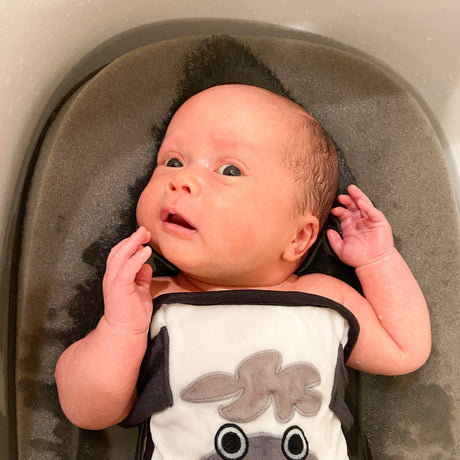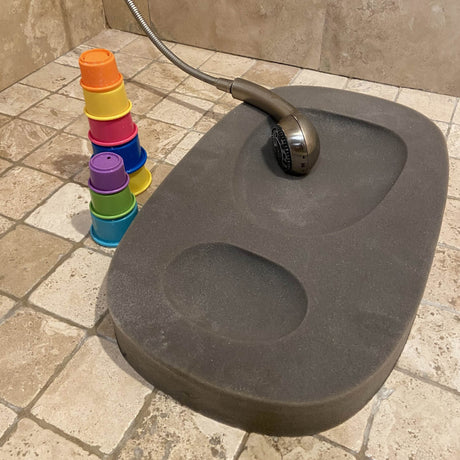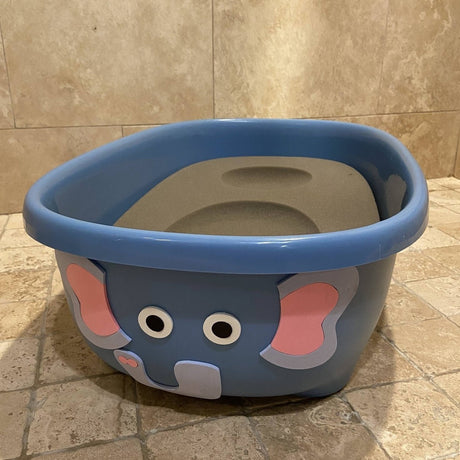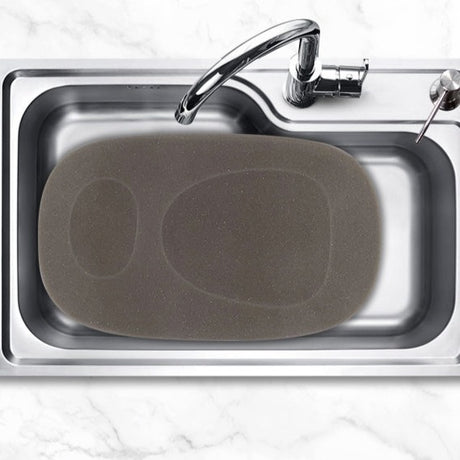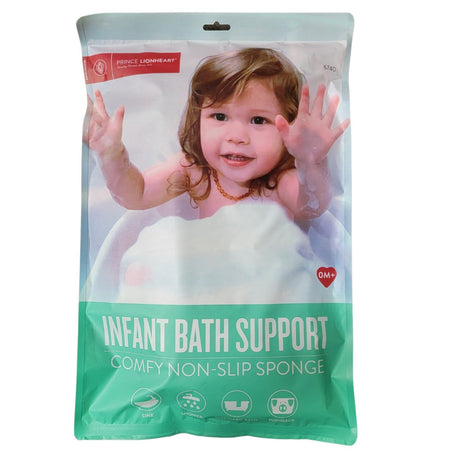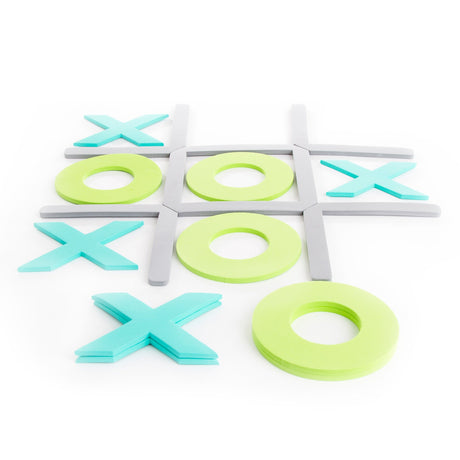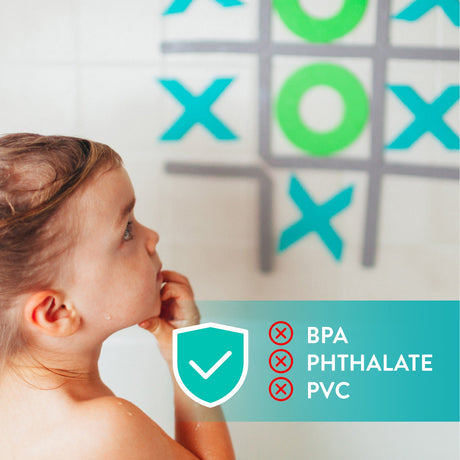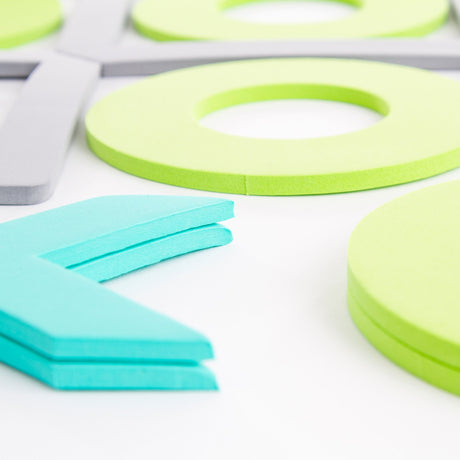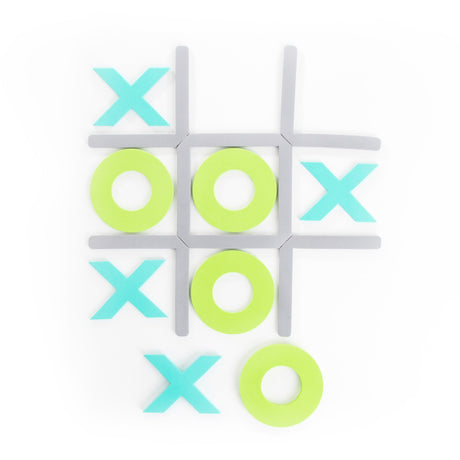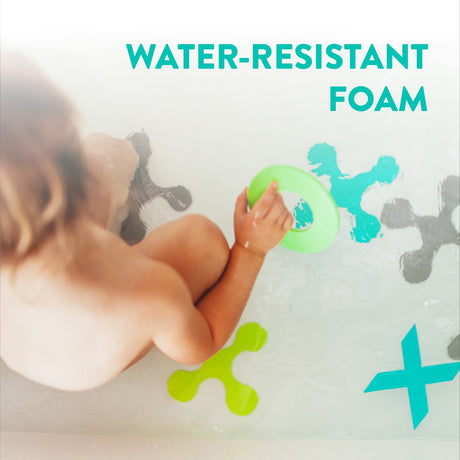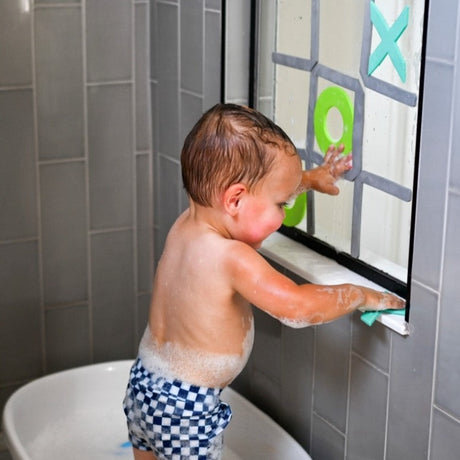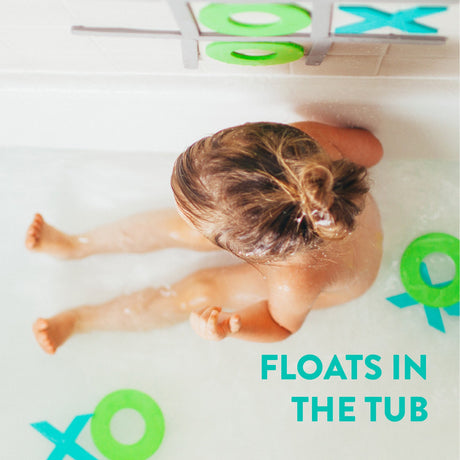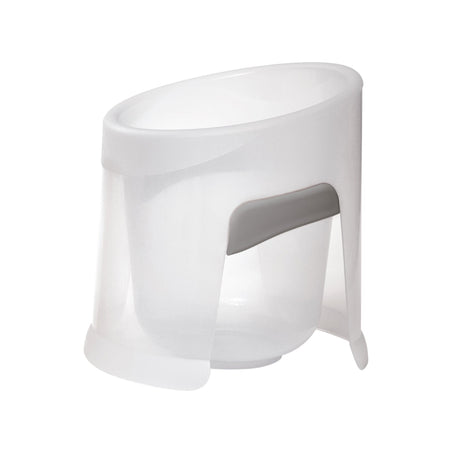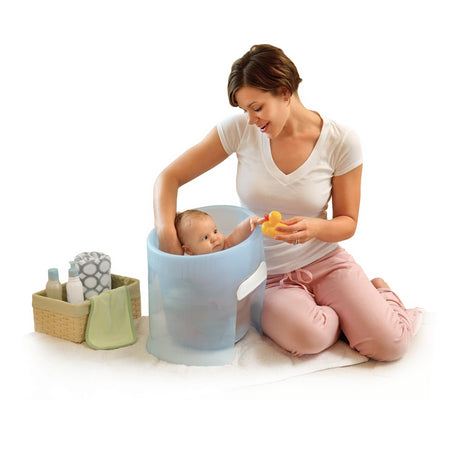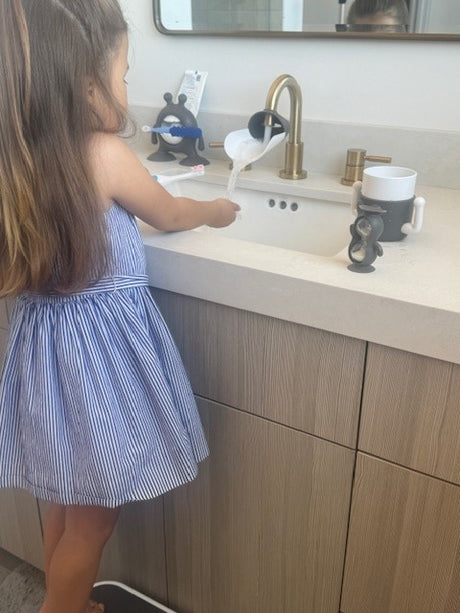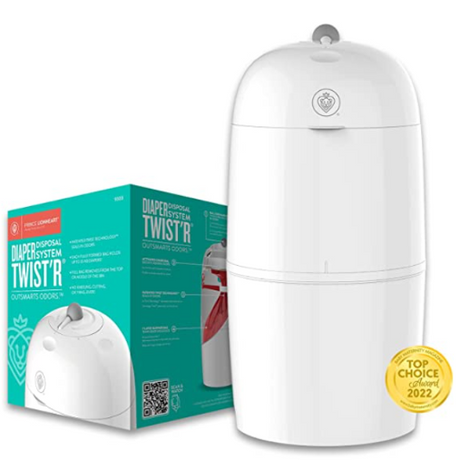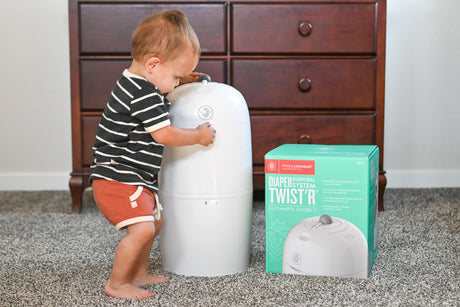Baby mats are a popular choice among parents and caregivers, but can they really contribute to a child’s development? In this blog, we’ll explore how baby mats may influence growth and development in a fun and educational way.
What Are Baby Mats?
Baby mats are soft, padded surfaces designed for infants to play on. They come in various shapes, sizes, and designs, often featuring bright colors and interactive elements to engage infants.
These mats serve multiple purposes, acting as both entertainment zones and developmental tools. As highlighted by experts, they offer a safe haven where babies can explore, roll, and discover the world around them. This combination of playfulness and utility transforms an everyday item into a developmental powerhouse.
With so many varieties available, it’s essential to choose one that aligns with your child’s needs. Options such as the developMAT™ offer features that enhance cognitive and spatial development, thanks to high-contrast clean-cut shapes. Not only do these features stimulate visual senses, but they also provide cognitive challenges right from birth.
Physical Development Benefits
Baby mats provide a safe area for tummy time, helping to strengthen muscles and develop motor skills. They encourage rolling, crawling, and other movements that are essential for physical growth.
According to pediatricians, the opportunity to stretch out and practice pushing themselves up is critical for muscle development. Babies often spend time learning to support their own weight on their arms, which is the first step towards crawling.
A mat like the developMAT™ is not only soft and secure for such exercises, but also includes features that encourage repetitive motion and tactile exploration, both vital for physical milestones.
Cognitive Development and Sensory Stimulation
The various textures, colors, and interactive toys on baby mats stimulate a child’s senses, fostering cognitive development. These elements promote curiosity and help in the development of sensory awareness.
Interactive toys and colorful elements, as seen on many baby mats, not only entertain but also encourage problem-solving and fine motor skill development. They lead babies to figure out how to manipulate toys, thus enhancing hand-eye coordination.
In addition, the cognitive stimulation from high contrast designs in products like the developMAT™ aids in developing visual tracking skills. By continuously engaging these senses, babies can build a foundation for more complex cognitive tasks later in life.
Social Interaction Opportunities
Baby mats can also be used for group play, encouraging social interaction among infants. Shared playtime fosters emotional development and helps children learn important social skills.
When laid out for playdates or small gatherings, baby mats become a hub for interaction. They encourage infants to reach for toys together or mimic each other’s movements, setting the stage for early social skills like sharing and turn-taking.
These group activities are crucial as they form the basis of empathy and communication skills, molding children into more socially adept individuals as they grow.
Choosing the Right Baby Mat
When selecting a baby mat, consider your child’s age and developmental stage. Look for options that offer diverse textures and interactive elements to maximize benefits.
Ensure the materials used are safe for babies, ideally avoiding toxic substances. According to guides, mats should be easy to clean and made with materials like natural rubber or certified organic cotton.
For those interested in options that blend safety and developmental benefits seamlessly, the developMAT™ is a fantastic choice, designed specifically with infant development in mind.
Final Thoughts on Baby Mats and Development
Baby mats can indeed aid with development, providing a safe space for physical activity, sensory stimulation, and social interaction. By incorporating a mat into their playtime, you’re helping to create a nurturing environment that supports your child’s growth.
